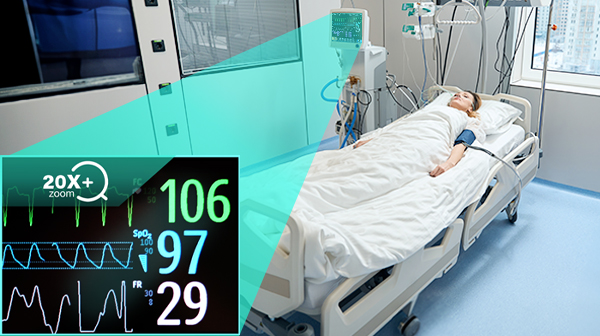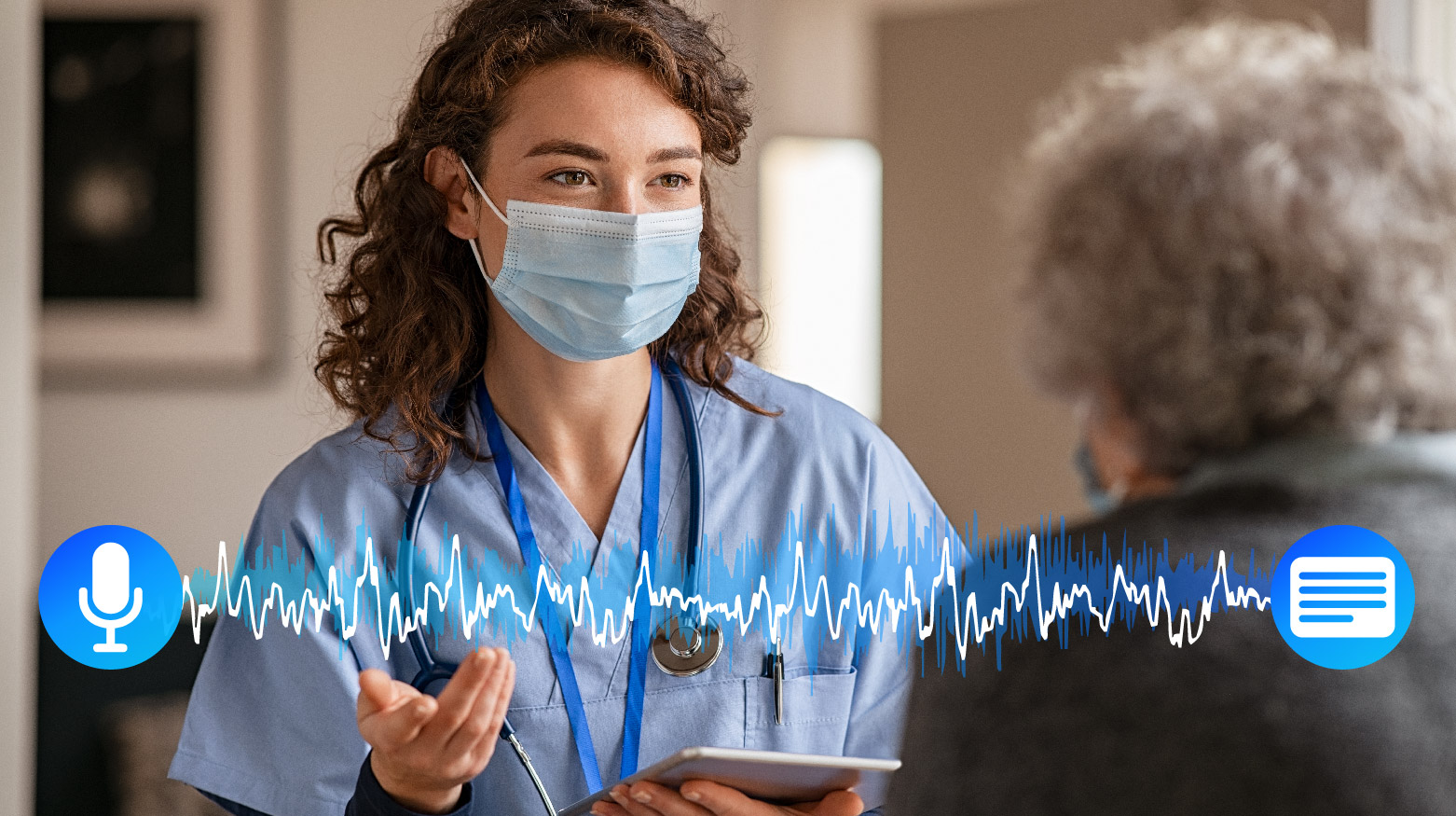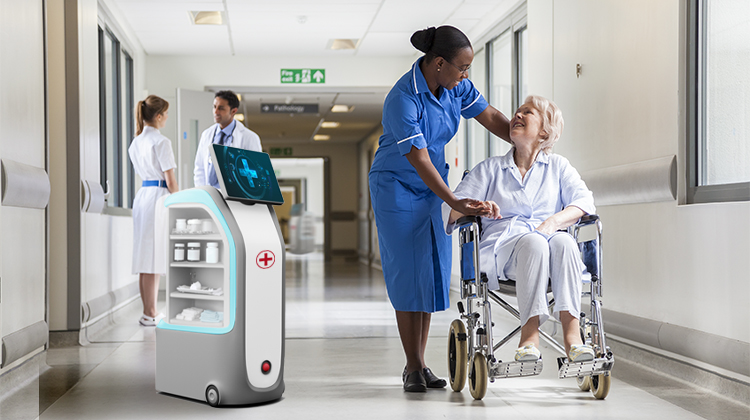Being a nurse is one of the most stressful and physically taxing professions one can pursue. Nurses accomplish a wide variety of tasks in the hospital, including assisting doctors in surgery, lifting patients up, charting patient health metrics, and scavenging for medical equipment, it requires both intelligence and stamina to care for patients properly. Especially after Covid, the heavy workloads, burnout, and stress in nursing are further contributing to growing nursing shortages.
Diving into this issue, a recent McKinsey report indicates nurses wish they could spend more time on patient care and less time on documentation and other support tasks. The good news is that there are many technologies nowadays that can assist nurses in providing better patient care and simplifying support tasks.
Patient Care

For patient care, there are multiple categories of products that can assist nurses in their day-to-day work. From telesitting cameras to medical robots, a variety of innovative devices can be utilized to ease the workload of nurses.
Medical grade PTZ cameras are among the best devices used for telesitting. A video stream of the patient is extremely helpful in knowing the status of a patient, with many cameras capable of setting preset areas to look at, and now some cameras can zoom in up to 20 times. Other useful equipment includes the smart bed, extremely useful for tracking patient metrics, such as weight, movement, sleep, and vital signs. There are even patient care robots that provide emotional support, bathing, or even surgery assistance, all of which would help nurses achieve a higher level of care for all patients.
Charting and Documentation

A major task in a nurse’s day is charting and documenting patient’s metrics. Traditionally, this was done by pen and paper, but many have invested in the digital transformation to build electronic health records (EHRs), which makes the data more easily accessible for those who need the information. Recording in a digital EHR by typing is still time-consuming, which is why more manufacturers are creating AI voice assistants for EHR systems. With the capability to listen and analyze information during patient visits, voice assistants can help record information immediately without the practitioner having to input data by hand, saving an immense amount of time and enabling nurses to focus on patient care and peer coaching.
Hunting and Gathering

Hunting and gathering take up around 45 minutes of a nurse's day, and when added up, an astonishing estimate states that a 200-bed hospital could move “meals, linens, lab samples, waste, and other items the equivalent of 53 miles per day.” That amount of transportation could be better delegated to autonomous mobile robots (AMRs) like the TUG, which are essentially transportation robots that self-navigate with Li-DAR or other mapping technologies to deliver equipment and goods to the proper patients or practitioners. Some AMRs can even disinfect and administer medication.
Nurses Need Intuitive, Efficient Technology
Nurses are some of the most hardworking heroes in our healthcare system, and with new healthcare technologies available in the industry, hospitals should embrace them to alleviate nurses’ workloads. These technologies can help nurses in many ways, such as fostering better work environments for nurses, increasing nurse turnover, and reducing the rate of nurse burnout.
While these technologies will help nurses achieve more in less time, there are still some obstacles to technology adoption. One of the major issues is that some nurses, particularly those who are older in age, may feel that there are too many new technologies and practices to learn and adjust to. The next challenge for healthcare device manufacturers may be to create devices that are more intuitive so that nurses can quickly adapt to new technologies and immediately experience an increase in work efficiency, and we look forward to what technologies may bring to the future of healthcare.